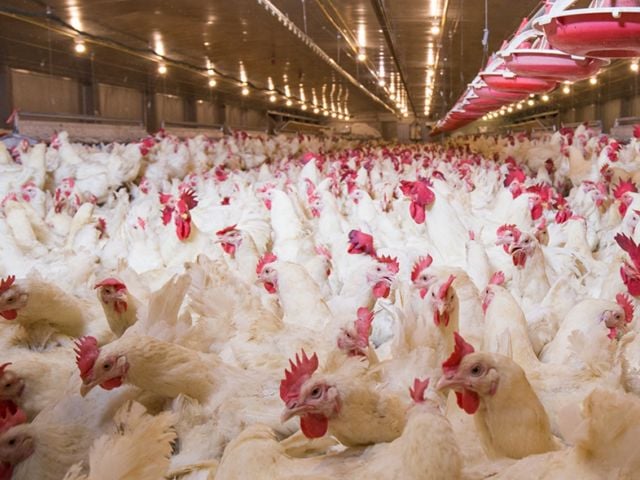
Buried in a recently released U.S. Government Accountability Office report is staggering evidence that the federal government’s crop insurance program serves as another source of farm business income instead of what most people would consider an insurance program.
The GAO data show that farmers, on average, make a profit above what they pay in premiums by buying heavily subsidized crop “insurance” policies.
Is that how your automobile or home insurance policies work?
The GAO report, entitled “In Areas with Higher Crop Production Risks, Costs Are Greater, and Premiums May Not Cover Expected Losses,” focused on increased government costs of crop insurance on high-risk land, meaning, land prone to flooding, drought or other weather extremes. On page 18, the GAO report concluded that between 1994 and 2013, growers in high-risk areas received an average of $1.97 in crop insurance payouts for every $1 of premium paid, while growers in low-risk areas received 87 cents in profit for each dollar of premium. Growers in low-risk areas took net losses in only three years: 1994, 1997 and 2005. Farmers in high-risk counties, on the other hand, netted profits every single year for two decades.
Real insurance, like your auto and homeowners, provide a true safety net. The policies pay out only when something goes seriously wrong, not every year.
Growers pay far less than the real price of their crop insurance policies because taxpayers pick up around 60 percent of the cost. Taxpayers are subsidizing farm business income instead of providing a real safety net that saves farmers when they suffer potentially crippling losses.
Common sense reform of the heavily taxpayer-subsidized crop insurance program could save billions of dollars and level the playing field for those farmers pursing truly sustainable ways to farm.


